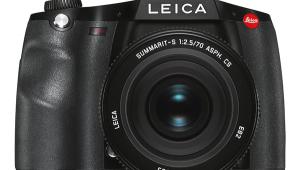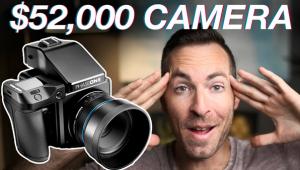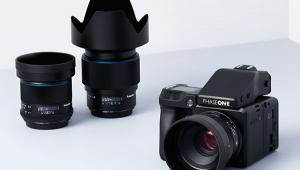The Hasselblad 203FE Revisited
New Pricing On This Pro Workhorse
While the whole photo world is buzzing about Hasselblad's styling new H1 645 system, Hasselblad quietly announced some stunning price reductions on some of its landmark camera systems. Of particular interest to professional photographers and those who enjoy fine equipment is the new pricing on Hasselblad's legendary 203FE focal plane shutter system. This previously premium-priced camera has been aggressively priced by Hasselblad USA at only $3175, a price reduction of $2557! |
|||
Some Great Glass The Camera In Use |
|||
TTL-OTF Flash Motor Drive It |
- Log in or register to post comments




















































